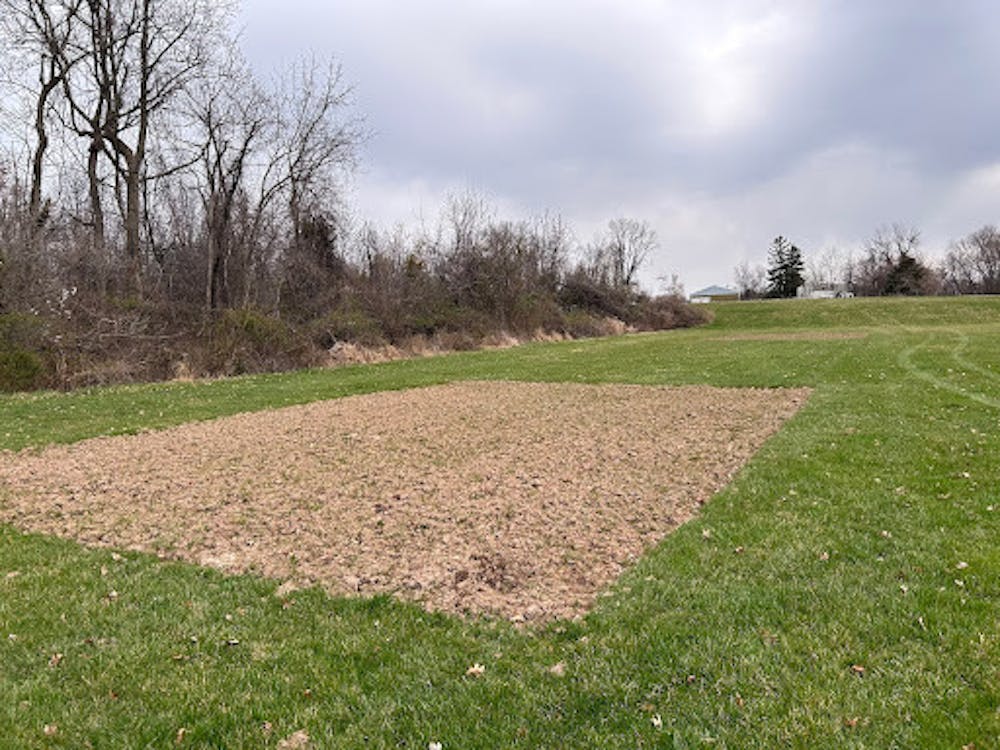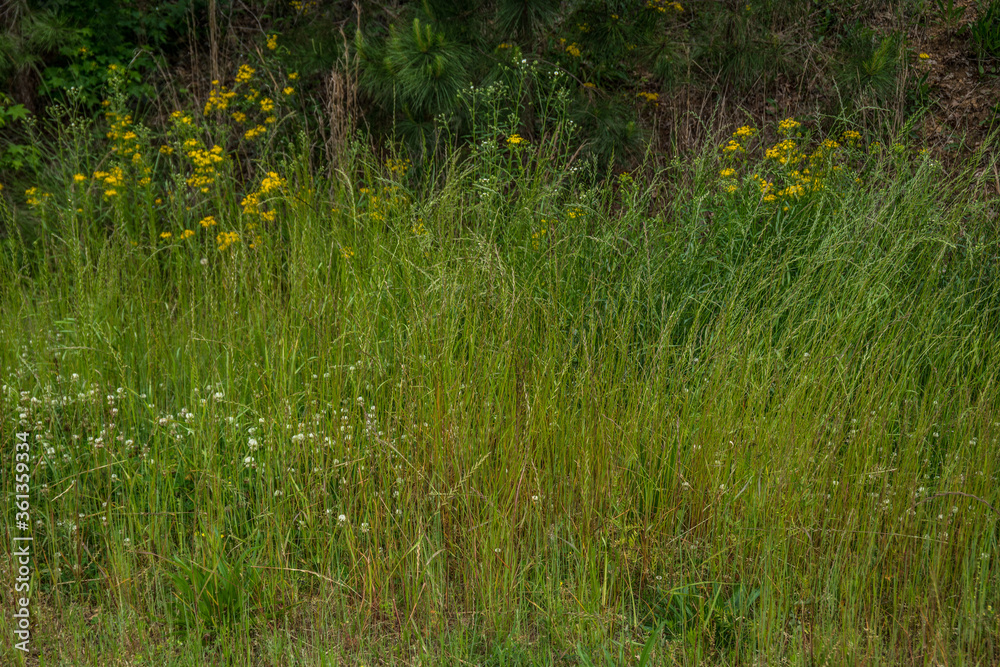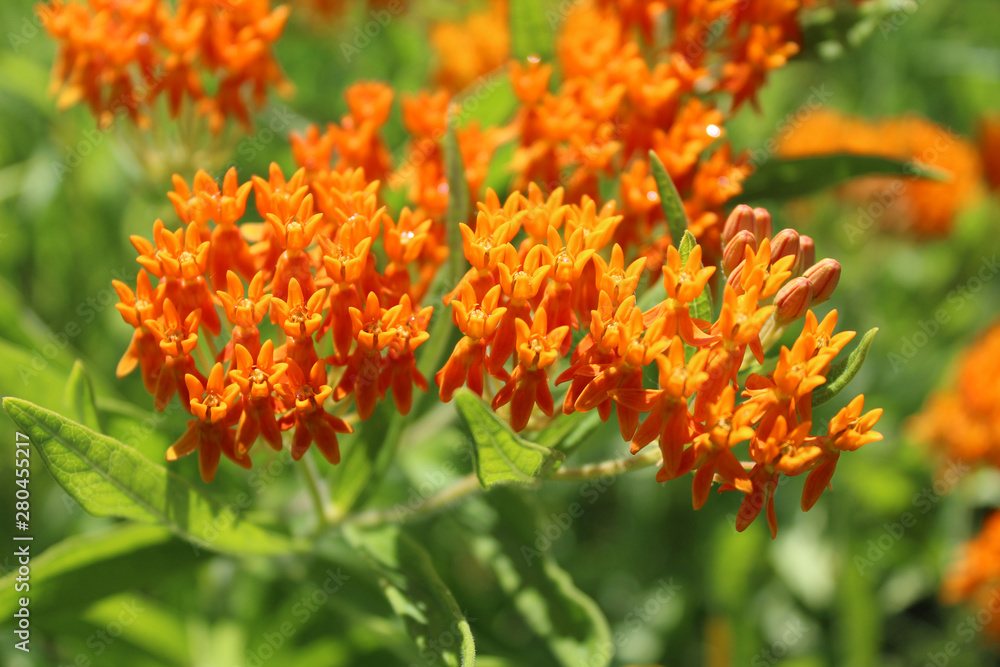

One of two tilled plots ready for planting, located behind the soccer field and Decker Hall. (Photo by Hanna Stuzman)
By Parisa Burton | The Signal
This story was produced in collaboration with The Signal (TCNJ) and CivicStory as part of the Ecology-Justice Reporting Fellowship.
The College’s Campus as a Living Lab program, which integrates sustainability practices into campus operations through hands-on environmental projects, has announced plans to install a native wildflower meadow in April as part of a broader effort to restore native flora at the College. The meadow, which will be located behind the soccer field and Decker Hall, will feature native wildflowers that support pollination and local wildlife as well as reduce carbon emissions.
Michael Van Clef, program director for the New Jersey Invasive Species Strike Team, is advising the College on the meadow’s installation. He explained that in addition to providing a living habitat for wildlife, meadows play a crucial role in water management.
“Lawns can be considered ‘green concrete’ that do not support native plants and animals and allow lots of water to runoff into streams, which degrades them,” Van Clef said. “Meadows create great habitats for pollinators and birds and allow rain to sink into the ground, both recharging groundwater and filtering it.”
As meadows typically require just one annual mowing, they significantly reduce carbon emissions while enhancing carbon sequestration — a process whereby plants capture carbon dioxide from the atmosphere and store it in their extensive root systems, supporting microorganisms that promote healthier soils.

A native wildflower meadow. (Photo from Adobe Stock)
To start, the ground’s current vegetation will be cleared for seeding. Van Clef outlined three options for this crucial step: employing a versatile herbicide, using tarps or rototilling or plowing. The College will then introduce native flora, choosing seed mixtures that resist invasive species, balance wildflower and grass and reach optimal plant height.
“There will be a careful selection of the relatively few native species that deer do not like to eat,” Van Clef said, naming common yarrow, blue amsonia, butterfly milkweed, field aster and blue grama grass as strong options.
To ensure its long-term health, the meadow will first need to be overgrown. But Van Clef is not concerned about optics. “Nature is much more free-for-all than it is a Disney movie,” he said. “You can’t expect everything to look neat off the bat.”
Noting that beauty and ecological health can coexist, he named many attractive native plant alternatives that function within the food web, such as the rose mallow and turk’s cap lily.
Van Clef hopes to focus initial efforts on controlling weeds and increasing biodiversity with planting plugs—seedlings planted in trays of 50 that increase biodiversity and attract pollinators. He has also recommended nesting boxes for the meadow, providing ideal habitats for native bird species and solitary bees in search of secure habitats.
“Native plants have co-evolved with native insects and birds to form an intricate food web,” Van Clef said. “Fewer native plants equals fewer native insects and birds.”

Butterfly milkweed. (Photo from Adobe Stock)
To manage the space, a pilot organic landscaping management program will be launched at the meadow site. Hanna Stutzman, a graduate public health major and graduate assistant for Campus as a Living Lab, hopes that the program sets a precedent for green space management. “If the pilot program goes well,” said Stutzman, “we are going to start integrating it into more-seen places on campus.”
The ultimate goal? Form and function, according to Van Clef. “As a society, we have to decide if the only quality of plants in our landscape is that they be beautiful, regardless of the harm that they cause in natural areas.”

Parisa Burton is a Staff Writer for The Signal (TCNJ) and a CivicStory Reporting Fellow. This story was produced in collaboration with The Signal and CivicStory as part of the Ecology-Justice Reporting Fellowship.

Recent Comments